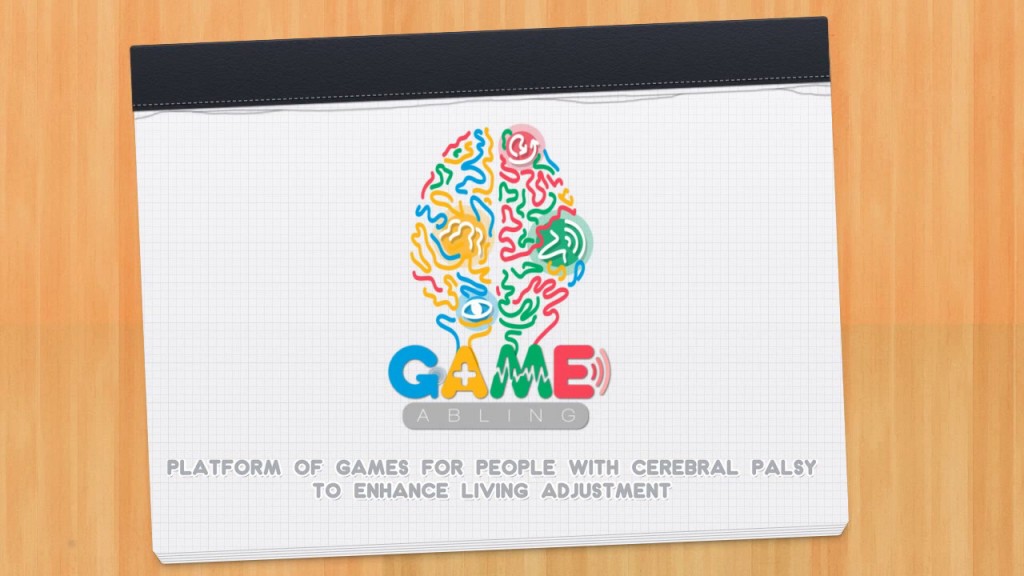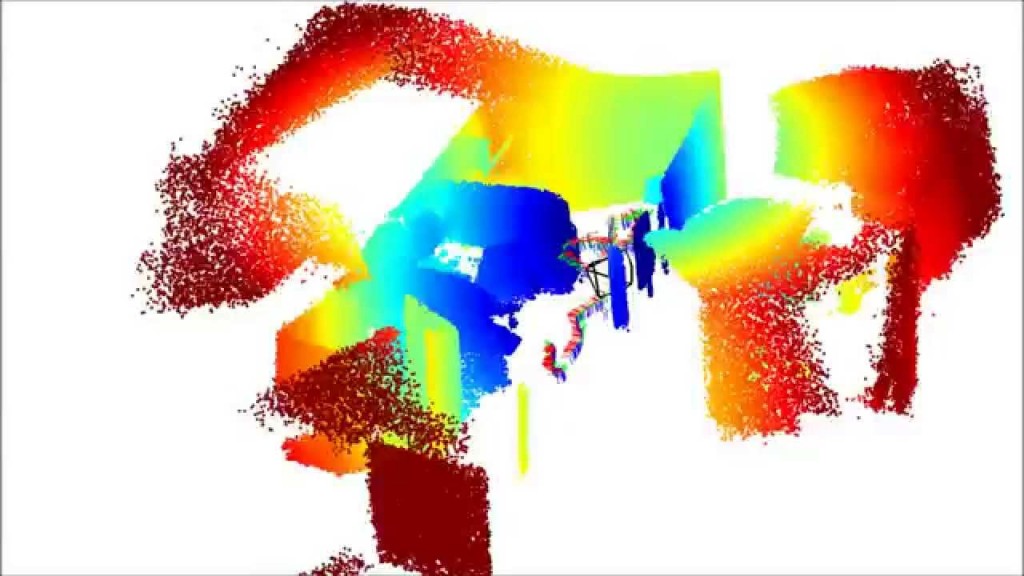3D Facial Recostruction and printing for radiotherapy application
This project, supported by the Assossiació Oncològica Amadeu Pelegrí and with the collaboration of the Hospital Sant Joan de Reus, aims to develop a new methodology for designing individualised tissue equivalent plastic facial models for further application in radiotherapy treatments currently performed at local hospitals.
tn the original clinical procedure, the staff at the hospital were required to construct a negative plaster cast of the patitent face after the first intake visit. This negative was later used as a model to obtain a positive plaster of the face, in which a wax bolus was created after the corresponding ongolotit analysis. Then, a silicione rubber model was created and, at the end, with the bolus in place and the tumour border marked, the treatment planning was performed.
This project’s objective is to find a new methodology that lightens the amount of work and materials used in this procedure by obtaining a plastic cast via 3D printing. One of the tain advantages of this new approach is the expected method of obtaining she initial data, which will be done by performing a 3D scan of the patient. This 3D scan, which is completely harmless, will not require the utilization of a negative cast, as well as it will ease stress on the patient, reducing the disconfort this treatment usually have.
The final results for this project are expected to be shown by the end of 2016, for a later implementation in radiology treatments at mid 2017.



